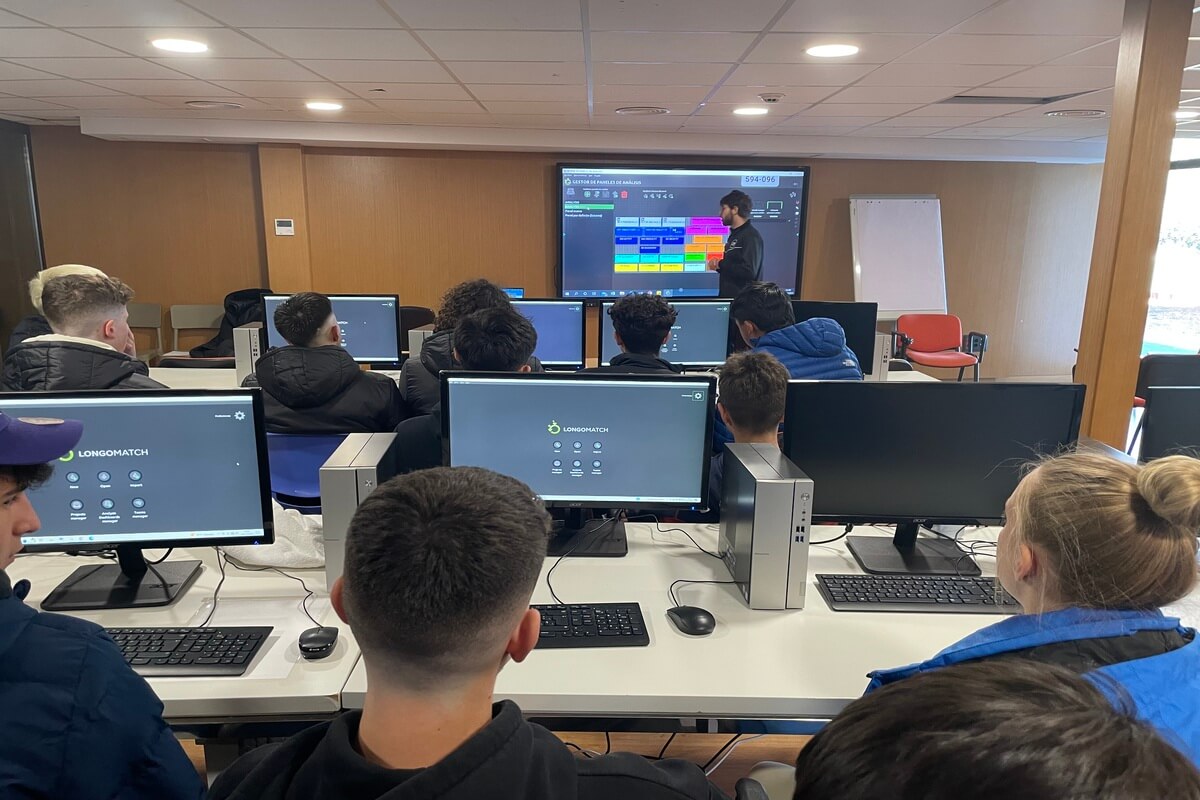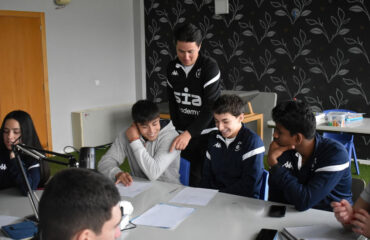V.A. (V.A.) is a powerful tool in the world of football/soccer, offering numerous benefits to various stakeholders in the sport. By utilizing V.A., scouts can gain a more comprehensive understanding of a player’s abilities, helping them to assess whether the player would be a good fit for their team.
Teams can use V.A. to improve their own play by closely observing their opponents’ play and identifying areas of their own play that need improvement. In addition, V.A. can also play a significant role in injury prevention and management, providing teams with targeted training and rehabilitation exercises. For the media, V.A. enriches coverage by providing in-depth analysis of tactics and key moments in the game.
Finally, V.A. assists referees in making accurate and informed decisions, allowing them to continually improve their skills. In conclusion, V.A. is a valuable tool that contributes to the success and development of the sport of football/soccer.
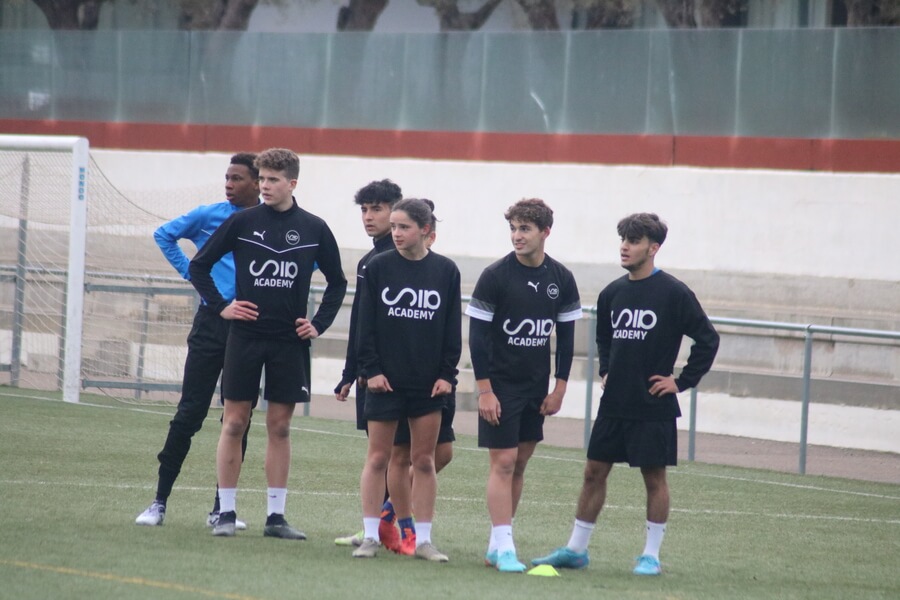
Comparison of players in the same position
By using V.A., scouts can get a more detailed and comprehensive understanding of a player’s abilities, helping them to assess whether a player would be a good fit for their team. For example, V.A. can be used to analyze a player’s technical ability, tactical understanding, and physical attributes.
This information can then be used to compare the player to other players in their position and determine whether they have the necessary skills and attributes to succeed at the highest level. Furthermore, V.A. can also be used to monitor a player’s performance over time, helping scouts to identify any areas of improvement or decline in a player’s form.
This information can then be used to determine whether a player is worth pursuing for a transfer or if it would be better to focus on other targets.
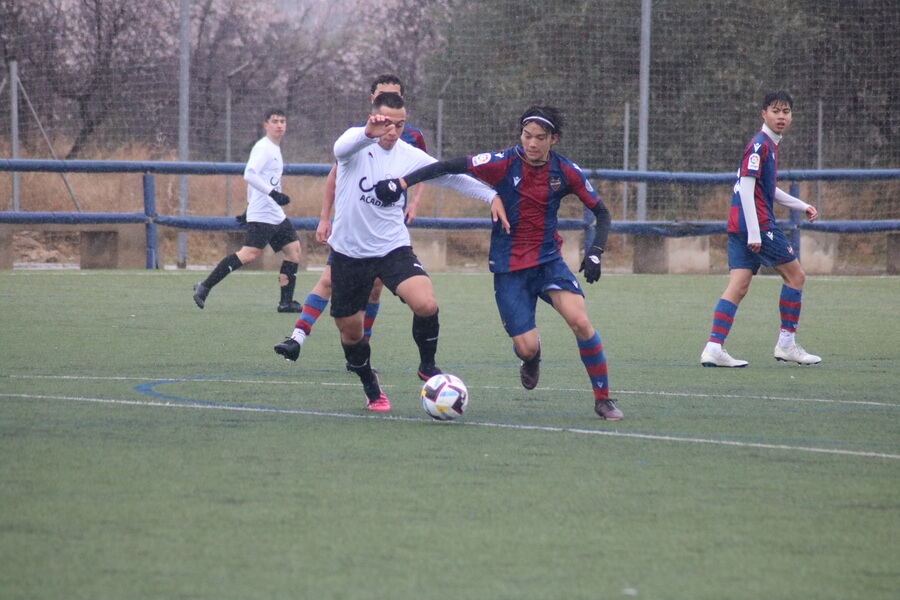
Improve training dynamics
V.A. can improve the quality of your own team by providing an in-depth look at the team’s performance during pre-match and post-match presentations. By analyzing video footage, coaches and players can identify areas for improvement, such as tactical choices, technical abilities, and physical attributes.
This information can then be used to create targeted training exercises and strategies that help improve the team’s overall performance. During pre-match presentations, V.A. can provide an understanding of the opponent’s playing style, tactics, and key players, allowing the team to develop a tactical plan that neutralizes their impact. V.A. can also be used to monitor the opponent’s recent form and identify any areas of weakness that the team can exploit.
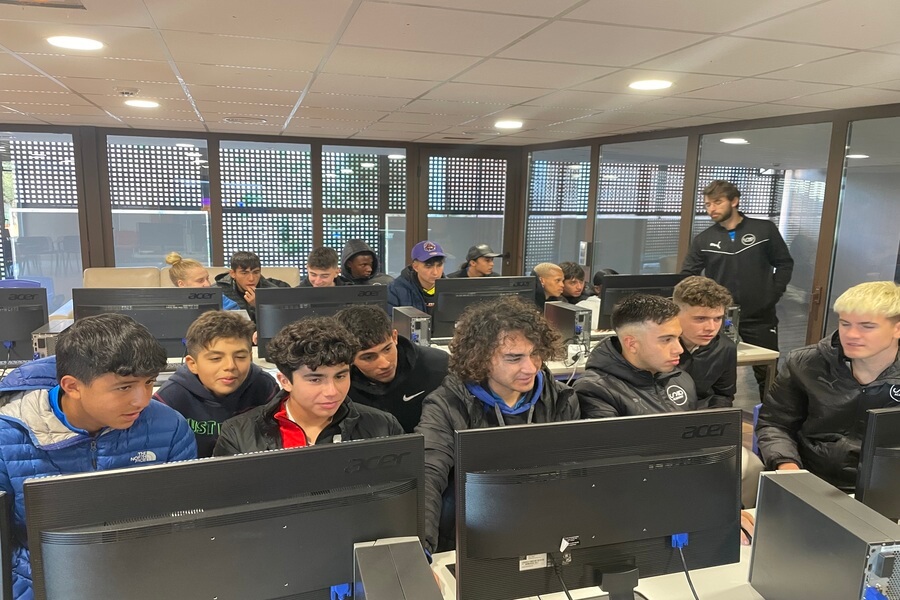
Post-match performance information
After the match, V.A. can provide a detailed breakdown of the team’s performance, highlighting areas of success and areas for improvement. Coaches and players can review key moments in the game, such as goals, saves, and crucial tackles, to analyze the effectiveness of the tactics employed and determine what could have been done differently. This information can then be used to make adjustments for future games and ensure continued success.
Football teams can gain a deeper understanding of their opponents, including their playing style, key players, specific challenges, and recent form. Teams can use V.A. to identify their opponent’s strengths and weaknesses, preferred tactics and formations, and key players, and then create a tactical plan that neutralizes their impact.
V.A. also allows teams to prepare for specific challenges posed by their opponents and monitor their recent form, giving them a tactical advantage and allowing them to adjust their own play accordingly.
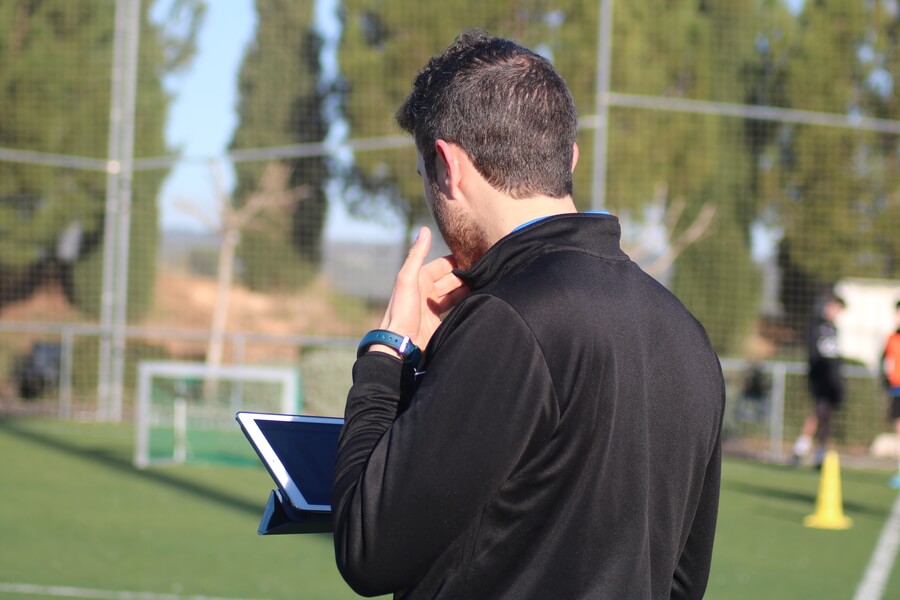
Important for injury prevention
V.A. can play a significant role in the prevention and management of injuries in football/soccer. By using V.A., teams can identify areas of a player’s performance that may be putting them at risk of injury, such as poor technique or overuse of certain muscles. Teams can then use this information to provide targeted training and rehabilitation to reduce the risk of injury and improve player performance.
For example, V.A. can be used to detect any unusual movements or habits that may be causing an increased risk of injury, such as over-rotation of the knee or improper alignment of the body. Teams can then use this information to provide targeted training exercises to help players improve their technique and reduce the risk of injury. In addition, V.A. can also be used to monitor the progress of injured players during their rehabilitation.
Teams can use V.A. to track changes in a player’s movement patterns and identify any areas that may still be causing discomfort or pain. This information can then be used to provide targeted rehabilitation exercises to help players regain their strength and improve their overall performance.
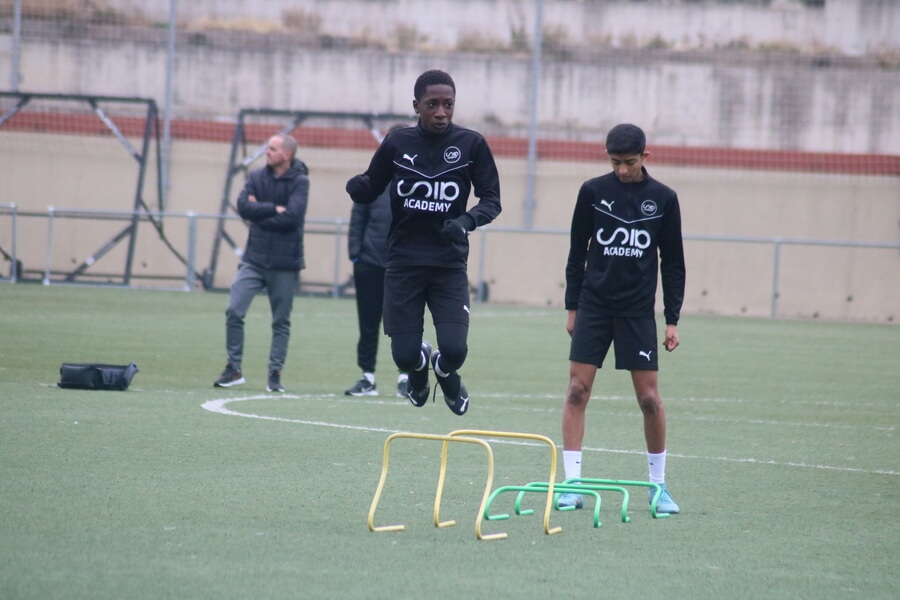
More data to analyse the matches
The media can provide a deeper and more informative coverage of football/soccer matches by utilizing video analysis. By using V.A., journalists and commentators can gain a deeper understanding of the tactics and strategies being employed by teams, allowing them to provide more insightful and informed analysis of the game.
For example, V.A. can be used to track the movement of individual players, as well as the overall team formation, helping to provide a better understanding of the tactical choices being made by the coaches and players. This information can then be used to analyze the effectiveness of these tactics and provide insights into how the game might have developed differently with different tactical choices.
In addition, V.A. can also be used to identify key moments in the game, such as goals, saves, and crucial tackles, allowing journalists and commentators to provide in-depth analysis of the plays and how they impacted the outcome of the game. This can provide audiences with a more detailed understanding of the key events and moments in the game, allowing them to appreciate the nuances of the sport and gain a deeper appreciation for the talent and skills of the players involved.
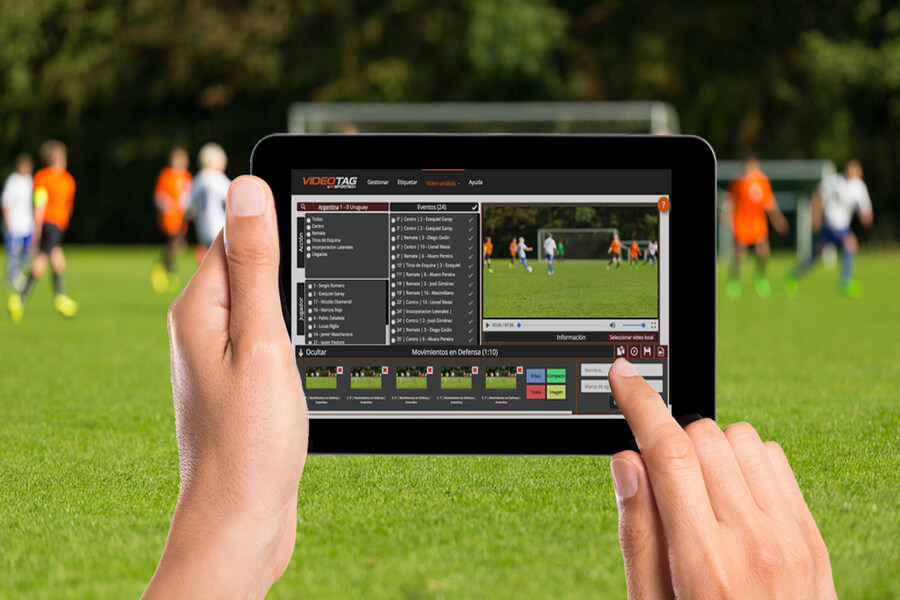
Assistance in arbitral decision-making
Finally, V.A. can play an important role in helping referees make accurate and informed decisions in football/soccer matches. By using video footage, referees can review and analyze key moments in the game, such as fouls, offside decisions, and penalties, allowing them to make more accurate and fair decisions.
In addition, V.A. can also be used to provide referees with a better understanding of the tactical choices being made by teams, helping them to anticipate and respond to any potential challenges or issues on the pitch. Furthermore, V.A. can also help referees to identify and address any weaknesses or areas for improvement in their own performance, allowing them to continually improve their skills and decision-making abilities.
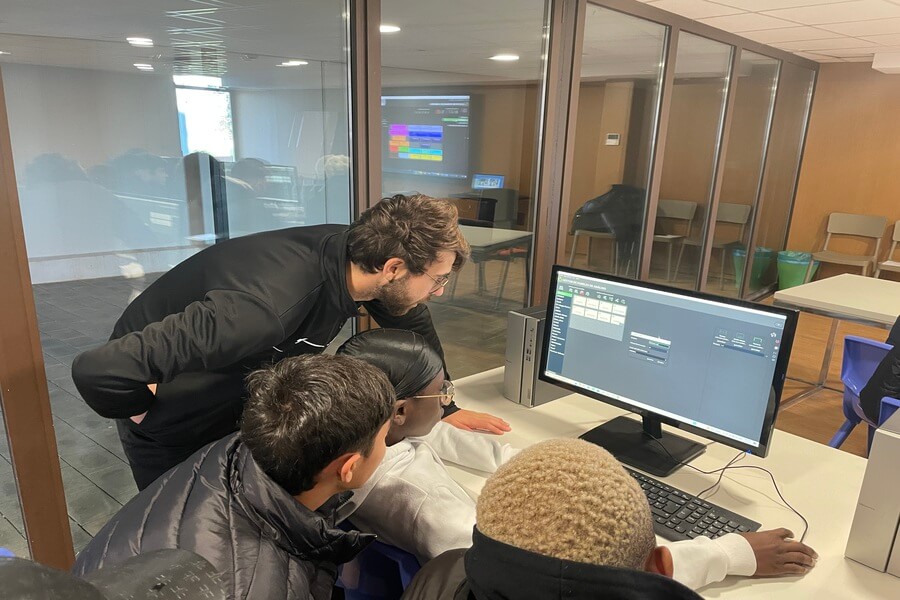
Conclusions from the use of video analysis
In conclusion, V.A. plays a crucial role in football/soccer, offering numerous benefits for teams, media, and referees. V.A. provides teams with a deeper understanding of their opponents, allowing them to gain a tactical advantage and improve their own play. It also helps in injury prevention and management, providing targeted training and rehabilitation exercises.
V.A. also enriches media coverage by providing in-depth analysis of tactics and key moments in the game. Furthermore, it helps referees make accurate and informed decisions, allowing them to continually improve their skills. Overall, V.A. is a valuable tool that contributes to the success and development of the sport.



